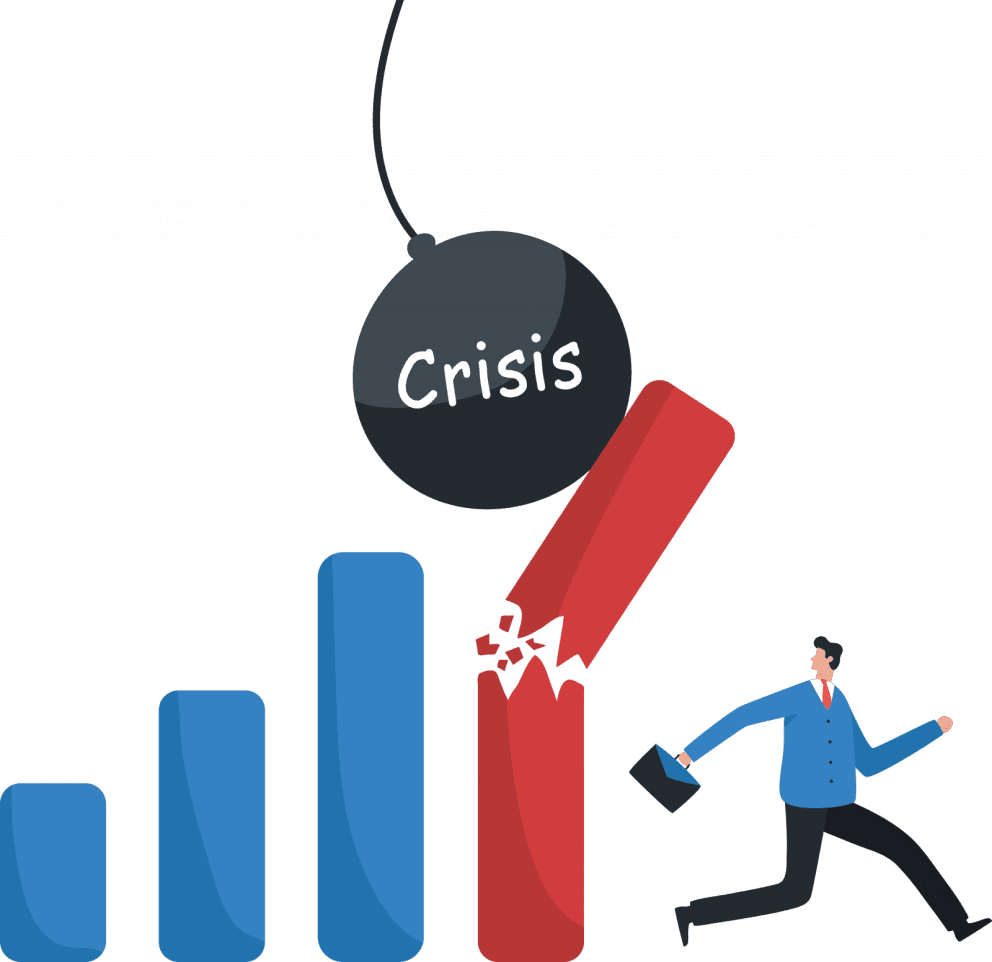The Tariff Effect: Strategies for SaaS Marketers in Budget-Conscious Industries

Summary
The latest tariffs may not directly affect B2B SaaS companies, but they’re hitting their customers hard — leading to tighter budgets, longer sales cycles, and increased scrutiny on software purchases. To stay essential, SaaS marketers must pivot their messaging to emphasize cost savings, prove ROI, offer flexible pricing, and ensure fast adoption. By shifting from “nice-to-have” to “can’t-live-without,” SaaS companies can thrive even when customers are cutting back.
The latest wave of tariffs, especially those impacting manufacturing, logistics, and energy industries, has created ripple effects that extend far beyond physical goods. B2B SaaS and IT companies may not face direct price hikes on their services, but their customers in affected sectors certainly do — and that can drastically reshape buying behavior.
For SaaS companies targeting these industries, the challenge isn’t just higher costs — it’s tighter budgets, slower sales cycles, and increased scrutiny on every purchase. So how can B2B SaaS marketers adapt to ensure their solutions remain indispensable when budgets are shrinking?
Shift the Value Proposition from “New Investment” to “Cost-Saving Necessity”
When times get tough, companies scrutinize every line item, and “nice-to-have” solutions are the first to get cut. Marketers must reposition SaaS offerings from an innovation or growth play to a cost-saving, efficiency-driving necessity.
Key Messaging Shift:
- From: “Boost productivity and accelerate growth”
- To: “Cut costs, automate manual processes, and do more with less”
For example, a marketing automation platform could highlight how it reduces the need for manual campaign management, helping lean teams drive revenue without hiring more headcount. Similarly, project management SaaS tools can emphasize faster project delivery and reduced operational overhead.
Marketers should explore new messaging frameworks that resonate with finance and operations leaders, not just department heads. Demonstrating how the software supports cost control, risk mitigation, and faster ROI will be key.
Lean Into ROI Proof and Customer Stories
Budget-conscious buyers need more than promises — they need proof. Marketers should double down on ROI calculators, case studies, and customer testimonials that showcase measurable outcomes, like:
- 25% reduction in operational costs
- 10 hours saved per employee per week
- 30% increase in pipeline without expanding the sales team
B2B buyers in impacted industries want to know: “Who else like me has succeeded with this solution, and how fast will I see results?”
Creating industry-specific case studies can further strengthen credibility. For example, a SaaS company serving manufacturers might showcase a client who reduced supply chain costs, while one targeting logistics firms might highlight improved fleet efficiency.
Create Scalable, Flexible Offers
SaaS companies may need to rethink packaging and pricing to align with budget-constrained buyers. Consider:
- Flexible pricing tiers: Offer entry-level plans with core functionality, allowing companies to scale up later.
- Usage-based pricing: Let companies pay only for what they use, reducing upfront costs.
- Shorter contract terms: While annual contracts are ideal for SaaS businesses, monthly or quarterly plans may lower the barrier to entry.
Additionally, offering performance-based pricing — where fees scale with results — can create a win-win scenario. For example, a lead generation SaaS could charge based on verified opportunities generated, helping clients justify the expense.
Focus on Enablement and Adoption
The last thing a stretched-thin buyer wants is an unused tool. Marketers should work with customer success teams to prioritize content and strategies that ensure quick implementation and measurable wins.
Ideas include:
- Onboarding webinars that walk users through setup
- Self-service knowledge bases to reduce support tickets
- Customer communities to drive peer-to-peer learning
Marketers can also create quick-win guides tailored to specific industries. For example, an ERP SaaS company targeting manufacturers might offer a “30-day cost reduction playbook” to accelerate adoption.
Nurture Existing Customers to Drive Expansion
In tight markets, retaining and expanding within existing accounts becomes just as important as acquiring new ones. Marketers should collaborate with customer success teams to build personalized, data-driven expansion campaigns. Read more about marketing strategies for customer-led growth here.
Strategies might include:
- Cross-sell and upsell campaigns positioned as efficiency boosters
- Customer health score tracking to spot and prevent churn risks early
- Exclusive customer webinars showcasing new, cost-saving features
Final Takeaway: Become the Essential Partner
B2B SaaS marketers can’t control tariffs or budget cuts — but they can control how their products are perceived. The SaaS companies that will win during uncertain times are those that evolve from “nice-to-have” to “can’t-live-without.”
The key is empathy: understand what your customers are going through, reframe your solution as essential, and make it easy for them to say yes — even when budgets are under fire.
By focusing on cost-saving positioning, flexible pricing, and customer enablement, SaaS companies can not only survive but thrive — emerging as indispensable partners in their customers’ recovery and growth.
How is your organization adapting to the ripple effects of tariffs? Email us for a 30 min free consultation and we can help you navigate through this economic uncertainty.
Image Credit: Photo by Markus Winkler on Unsplash






